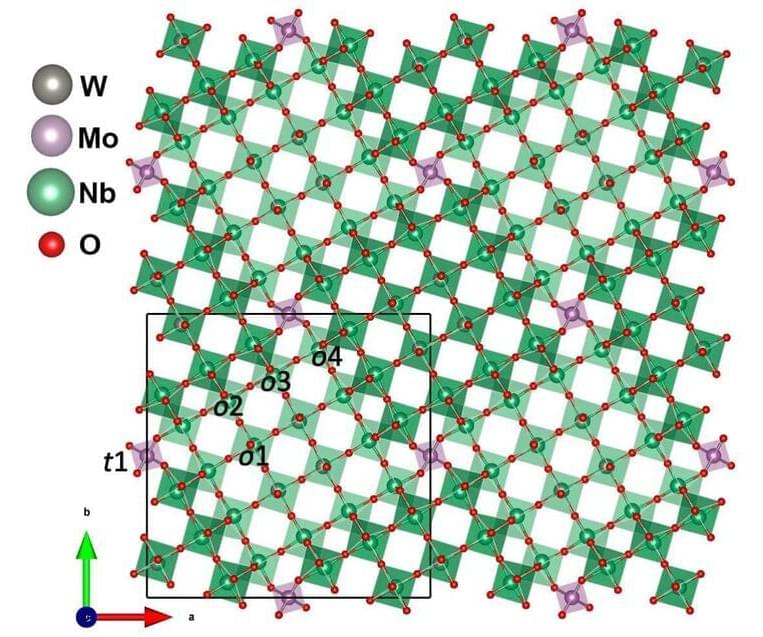Many technologies are greaty anticipated and predicted, and promise to change our lives. Today we will be looking at some that get less fanfare, but hold the promise to change our lives in profound ways.
Visit our Website: http://www.isaacarthur.net.
Join the Facebook Group: https://www.facebook.com/groups/1583992725237264/
Support the Channel on Patreon: https://www.patreon.com/IsaacArthur.
Visit the sub-reddit: https://www.reddit.com/r/IsaacArthur/
Listen or Download the audio of this episode from Soundcloud: https://soundcloud.com/isaac-arthur-148927746/quiet-revolution.
Cover Art by Jakub Grygier: https://www.artstation.com/artist/jakub_grygier.
Graphics Team:
Edward Nardella.
Jarred Eagley.
Justin Dixon.
Katie Byrne.
Misho Yordanov.
Murat Mamkegh.
Pierre Demet.
Sergio Botero.
Stefan Blandin.
Script Editing:
Andy Popescu.
Connor Hogan.
Edward Nardella.
Eustratius Graham.
Gregory Leal.
Jefferson Eagley.
Luca de Rosa.
Mark Warburton.
Michael Gusevsky.
Mitch Armstrong.
MolbOrg.
Naomi Kern.
Philip Baldock.
Sigmund Kopperud.
Steve Cardon.
Tiffany Penner.
Music:
Dexter Britain, “Seeing the Future“
Kai Engel, “Endless story about Sun and Moon“
Frank Dorittke, “Morninglight“
Lombus, “Hydrogen Sonata“
AJ Prasad, “Aether“
Kevin MacLeod, “Spacial Winds”




